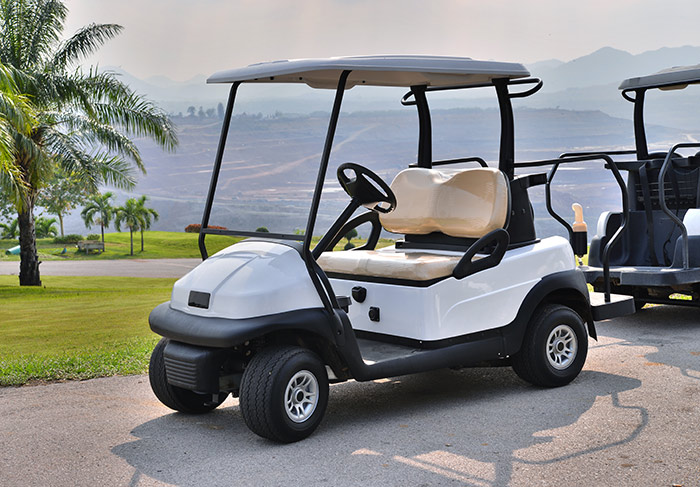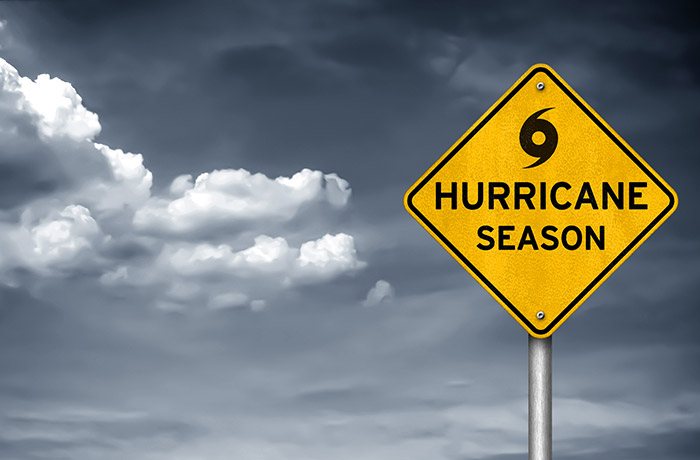
Getting a great deal on a new car takes patience and strategic thinking. Salespeople at car dealerships have a lot of leeway when it comes to negotiating prices and included features. Regardless of whether you feel you are good at wheeling and dealing, you can greatly increase your chances of landing a great deal on your next new vehicle by simply figuring out the best time to buy a car.
We are committed to helping our customers save money not just on auto insurance but on all the things that are important in their lives. That is why we have compiled this article detailing the best and worst time to buy a new car. Use this guide when you are preparing to buy your next car or truck, and then let us know in the comments how you did.
What Are the Best Months To Purchase a New Car?
Believe it or not, by shopping during ideal months of the year, you can often land extremely good deals, even without putting much effort into your negotiations. These are the best months to shop:- November/December: At this time of year, salespeople are desperate to make a large number of sales, and the managers at the dealerships are likely to permit them to make extremely good offers. This is because the dealerships have year-end quotas that they are striving to achieve and this will translate into greater incentives for the sales staff, including bigger bonuses. When you walk into a showroom at this time of year, be prepared to have the sales staff bend over backward to ensure that you leave with keys to a new car.
- August/September: Unless you are determined to own the most recent year’s model of a particular vehicle, this may be the best time to shop. This is when the next year's model shows up on showroom floors. Dealerships will be desperate to get rid of current year models to make room for new cars. Although the next year’s model may have a few added features and different styling, the differences between cars from one model year to the next are usually not that great. Remember, even though the car may be one model-year older, it is still a brand new car.
What Are the Worst Months To Purchase a New Car?
Of course, there are times of year that you are less likely to be able to negotiate a good deal. That is when dealerships are already very busy, inventory is moving nicely and the sales staff is not worried about meeting quotas. These are the worst months to make a purchase:
- February/March: This is when people start receiving tax refunds. Many people like to wait out the winter with old vehicles and then trade them in and use tax refunds as down payments on new cars. Dealerships are often very busy at this time of year, and great deals are scarce.
- April/May: This is when high school and college seniors are preparing to graduate, and many parents are buying them vehicles as graduation presents. Also, this is when the weather vastly improves, and many people feel more motivated to drive. Car dealerships rarely suffer from low sales during these months.
Are There Better Times of Year To Purchase Specific Types of Cars?
There are certain times of year when you are at an advantage for buying some kinds of vehicles. For example, look at these vehicles:
- Convertibles/Sports cars: For those who live in northern states where heavy snow and harsh winter weather is an issue, the purchase of a convertible or sports car is best handled in the winter months. Sports cars typically have rear-wheel drive, which gives the car a tendency to spin out of control, and convertibles lose their appeal when the top is up. If you are looking to purchase one of these cars, keep in mind that any car dealership will be more than happy to get one of these vehicles off their lot in the winter.
- Trucks and SUVs: The appeal of these vehicles for many is that they offer four-wheel or all-wheel drive, which makes for better road-control in the winter months. In the summer months, however, sales on these types of vehicles tend to drop. You may be able to negotiate a better deal by purchasing when the weather is warm. Another good time to purchase this type of vehicle, if you have your heart set on owning one, is when gas prices rise. As fuel costs go up, people tend to prefer to purchase high-gas-mileage vehicles, and sales on trucks and SUVs suffer.
What Is the Best Time of Day To Purchase a New Car?
Once you have completed your research and test-drives and you know which vehicle you want to buy, it may be in your best interest to walk into the dealership when it is close to closing time. Salespeople and the dealership management will still be happy to wait on you. Because they will be anxious to get home after a long day, however, they may be less likely to push hard on their side of the negotiations and may be willing to offer you a fantastic deal just to make the sale as quickly as possible.
For the Best Prices, Know When To Buy a New Car
Remember, knowing when to buy a car is everything. Use timing to your advantage when shopping so you can make a great deal on your next new car. No matter what timing you chose, make sure you're covered from an insurance perspective. It's strongly advised that you have an independent professional source the auto coverage you need. An independent agent is ready to help.





